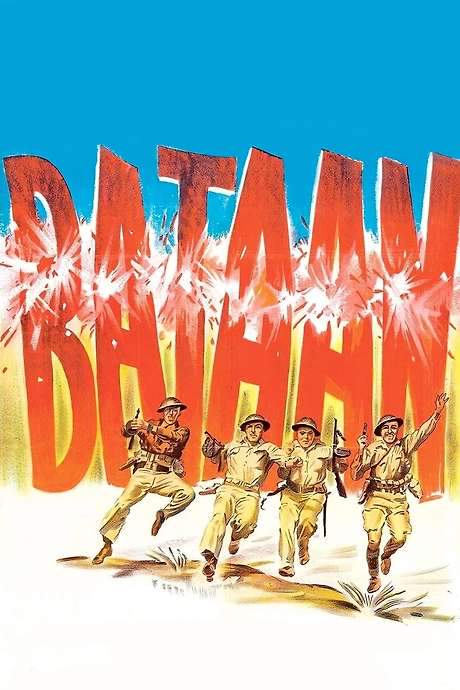
1898: Our Last Men in the Philippines
Year: 2016
Runtime: 130 mins
Language: Spanish
Director: Salvador Calvo
In 1898, a small group of Spanish soldiers are sent to the remote village of Baler in the Philippines to repair a military outpost. With the war against Filipino revolutionaries and the looming arrival of American forces, Spain's empire is crumbling. Cut off from reinforcements and surrounded by enemy forces, the garrison finds itself enduring a prolonged and harsh siege. These men, determined to uphold their duty, will become the last Spanish soldiers to surrender.
Warning: spoilers below!
Haven’t seen 1898: Our Last Men in the Philippines yet? This summary contains major spoilers. Bookmark the page, watch the movie, and come back for the full breakdown. If you're ready, scroll on and relive the story!
Timeline – 1898: Our Last Men in the Philippines (2016)
Trace every key event in 1898: Our Last Men in the Philippines (2016) with our detailed, chronological timeline. Perfect for unpacking nonlinear stories, spotting hidden connections, and understanding how each scene builds toward the film’s climax. Whether you're revisiting or decoding for the first time, this timeline gives you the full picture.
Last Updated: October 03, 2025 at 06:47
Unlock the Full Story of 1898: Our Last Men in the Philippines
Don't stop at just watching — explore 1898: Our Last Men in the Philippines in full detail. From the complete plot summary and scene-by-scene timeline to character breakdowns, thematic analysis, and a deep dive into the ending — every page helps you truly understand what 1898: Our Last Men in the Philippines is all about. Plus, discover what's next after the movie.
1898: Our Last Men in the Philippines Summary
Read a complete plot summary of 1898: Our Last Men in the Philippines, including all key story points, character arcs, and turning points. This in-depth recap is ideal for understanding the narrative structure or reviewing what happened in the movie.

Characters, Settings & Themes in 1898: Our Last Men in the Philippines
Discover the characters, locations, and core themes that shape 1898: Our Last Men in the Philippines. Get insights into symbolic elements, setting significance, and deeper narrative meaning — ideal for thematic analysis and movie breakdowns.

Similar Movies to 1898: Our Last Men in the Philippines
Discover movies like 1898: Our Last Men in the Philippines that share similar genres, themes, and storytelling elements. Whether you’re drawn to the atmosphere, character arcs, or plot structure, these curated recommendations will help you explore more films you’ll love.
Explore More About Movie 1898: Our Last Men in the Philippines
1898: Our Last Men in the Philippines (2016) Plot Summary & Movie Recap
1898: Our Last Men in the Philippines (2016) Scene-by-Scene Movie Timeline
1898: Our Last Men in the Philippines (2016) Spoiler-Free Summary & Key Flow
Movies Like 1898: Our Last Men in the Philippines – Similar Titles You’ll Enjoy
Amigo (2011) Detailed Story Recap
A Short Film About the Indio Nacional (2005) Ending Explained & Film Insights
Oro, Plata, Mata (1982) Story Summary & Characters
The Last from Philippines (1986) Full Summary & Key Details
Back to Bataan (1945) Full Summary & Key Details
As We Were (1976) Detailed Story Recap
Bataan (1943) Plot Summary & Ending Explained
American Guerrilla in the Philippines (1950) Story Summary & Characters
Corregidor (1943) Full Movie Breakdown
Independencia (2009) Spoiler-Packed Plot Recap
Los últimos de Filipinas (1945) Story Summary & Characters
The Last Outpost (1935) Full Movie Breakdown
Fires on the Plain (1959) Story Summary & Characters
Baler (2008) Complete Plot Breakdown
The Legend of the Last Inca (2024) Plot Summary & Ending Explained

















